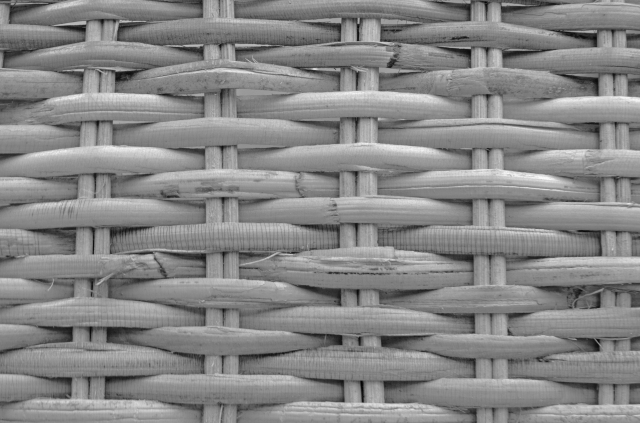Rhythms and patterns
When several similar design elements are grouped together in an ordered way, they form repetition. Visually, repetition has a very strong appeal and is a necessary ingredient of both rhythm and pattern.
Rhythm- Freeman (2007, p48) uses a musical analogy to describe visual rhythm. He compares the beat of a piece of music to an optical beat of a picture, whether the beat may be regular or of variations similar to each other.
In addition to repetition, rhythm also requires time and movement of the eye to be appreciated. The eye needs to establish the rhythm and then follow its flow through an image.
Pattern- Like rhythm, pattern is based on repetition. However, it is associated with area and not direction. Freeman (2007, p50) notes that patterns encourage the eye to roam across a picture’s surface and not to move in a particular way.
Simply put, rhythm is concerned with dynamic repetition while pattern is, essentially, spatial repetition.
Produce at least two photographs, one should convey rhythm and the other, pattern.
This photograph shows rhythm on a very simple basis. The natural tendency for the eye to view things horizontally encourages the eye to begin at the left of the frame, establish the rhythm and follow it through the photograph. In this case the eye follows the curve across the frame but, somewhat disappointingly, it does not lead the eye to anything of interest. There is direction, flow, and a steady, though predictable, optical beat. Freeman (2007) advises that when rhythm is predictable it can be a little boring. To avoid this an anomaly which interrupts the rhythm in the image can make a photograph stronger and more dynamic.
After considering this advice I composed the photograph below. The beat here is steady, moving left to right through the image, though much less predictably than the first photograph. The vertical bars on the windows draw the eye upwards towards the decorative design above. The designs alternate and then in the last window, there is no design, an anomaly that provides the break to the rhythm. By placing the break to the rhythm in the right side of the frame the viewer first has time to establish the rhythm. The Gestalt Law of Good Continuation (Freeman, 2007, p39) states that the mind tends to continue lines and shapes beyond their ending points thus the viewer would be encouraged to assume the continuation of the rhythm of the windows and designs beyond the short phrase in view.
As I noted earlier, pattern is built on repetition; however, it differs from rhythm in that is associated with area, not direction. The strongest patterns are those that fill the frame, allowing the eye to continue the pattern beyond the frames edge. Following this advice I have composed the next two photographs allowing the pattern to extend beyond the frame sides.
This next photograph illustrates a regular pattern, a side view of a basket I have at home. Numerous horizontal and vertical lines have been woven together to create the uniform pattern. When there is a larger number of elements in the frame (such as the lines in this weave) the sense of pattern becomes stronger than a group of individual objects (Freeman, 2007, p50).
In the photograph below, I noticed this pattern on the side of a car park building. On first glance I assumed it was a regular pattern, then with closer inspection realised that, while there are some elements of repetition, the pattern is quite irregular. I actually find this pattern of more interest than the image, ‘Pattern 1’. Perhaps because, as Präkel (2006, p73) suggests, rhythms and variations of alternating patterns are of more interest than patterns featuring simple repetition, which can become compositional clichés.
Freeman (2007, p51) notes also, that if objects, or in this case elements, are grouped closely the irregularity of the arrangement may not appear quite so disorganised as would first seem.
Prior to beginning this exercise the differences between rhythm and pattern in photography seemed difficult for me to fully grasp. However, the music analogy provided by Freeman (2007, p48) and in particular the ‘rhythm and stop’ explanation made the difference clearer.
As I now prepare for Assignment 2, I will try to use the advice of Präkel (2006, p73) on photographing pattern. As mentioned previously he suggests that photographers should attempt to capture the rhythms and variations of alternating patterns, but also try to convey something about what is being photographed.
Freeman, M. (2007) The Photographer’s Eye. Lewes: ILEX
Präkel, D. (2006) Composition. Lausanne: AVA



